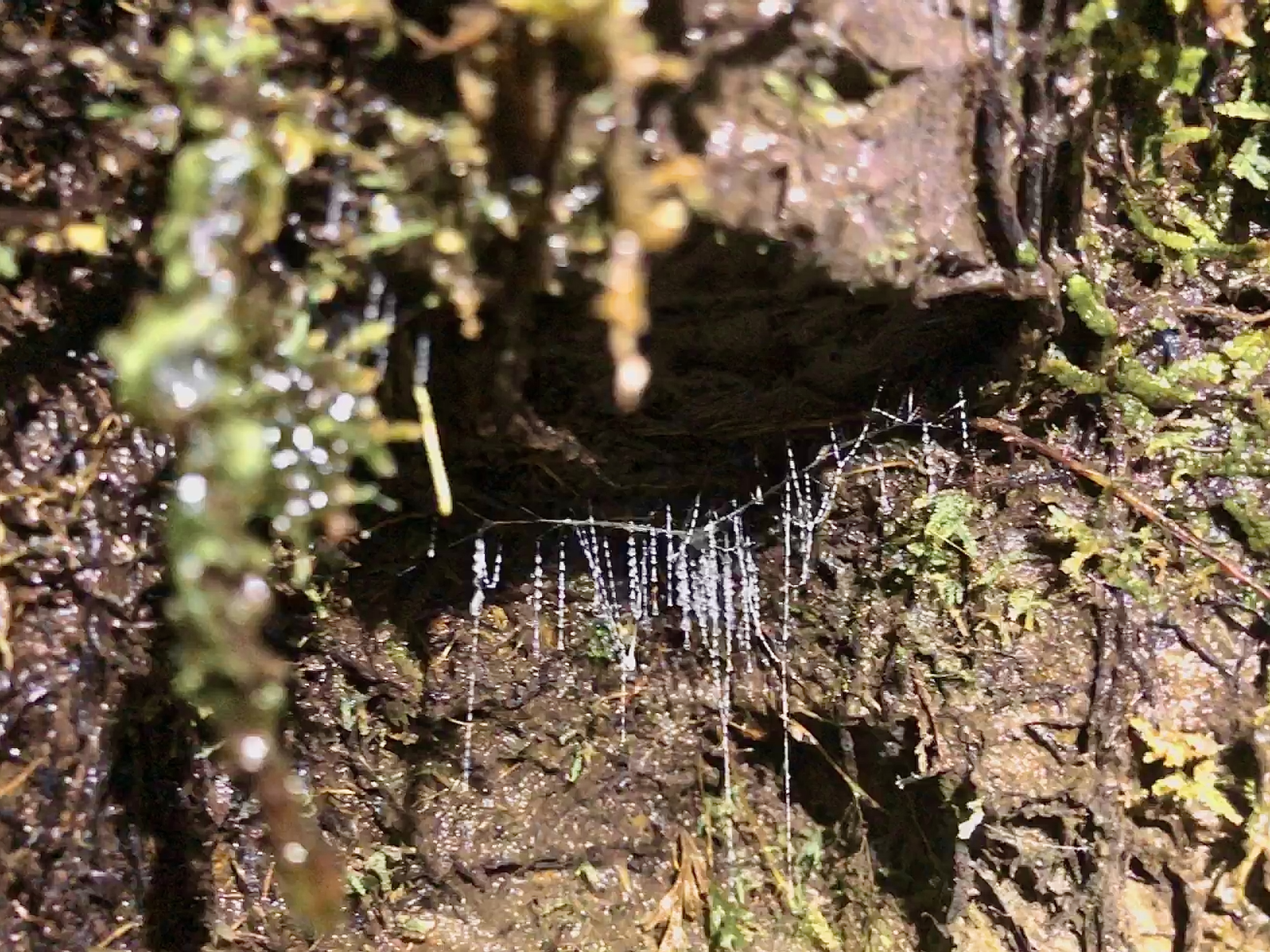I am a city girl that loves to connect with nature so jumped at the chance to see glow worms in the bush. The Unique Retreat Airbnb in Tauranga offer glow worm tours in return for a coin donation. When darkness fell, we walked down the driveway and across the paddock. We had one torch to guide us trying not to slip over on the damp grass.
Glow worms live in caves, forests, and other sheltered damp areas where humidity is high
Arachnocampa luminosa translates to bright spider-worm, are not worms but the larvae (maggots) of a special kind of fly known as fungus gnat. They grow from 3-5mm long when they hatch to 30mm before they pupate and look like a mosquito as adults. Their home as glow worm is in tiny tubes which they shuffle inside and hang down silk like tiny beads of mucus.
As insects are drawn to the glowing light emanating from the worms they fly into the sticky silk maze, where they get stuck. The glow is due to bioluminescence light created through a reaction by an enzyme and a variety of other chemicals. The worms feed on small midges, moths, snails, or millipedes anything big they discard.
They latch onto banks and look like hanging earrings or crystals. Much like prey we were also attracted to the glow worms sparkling against a bank in the bush they appeared to be mimicking stars in the Milky Way. The glow worms were found when the family children camped overnight in the bush.
As we walked further up the track there was a small waterfall nearby attracting insects. There are possibly more glow worms that haven’t been discovered as they have the perfect environment to live and reproduce.
The glow-worm life cycle has four stages
From eggs, they hatch to become larvae. The larvae need to consume enough food in this stage, as they do not eat as pupae or adults and remain in this stage for 300-350 days. The pupae stage is short 10-15 days and is where the larvae undergo metamorphosis. As adult fungus gnats they last only 2-5 days during which time, they must find partners to breed before they die. Males live up to 6 days while females on average 2-3 days.
It was interesting to find out that they don’t have many predators, apart from the long-legged harvestman, a close relative of spiders. About 40% of glow worm pupae in caves are killed by a white fungus that envelopes their body.
This city girl got to see and find out about glow-worms
There are many opportunities to see glow worms as part of public or private tours. If you see a glow in the bush at night, it could be a glow worm trying to attract its next prey or us humans who are also drawn to its light.
If you want to read more blogs like this sign-up for the Connect with Nature blog.

